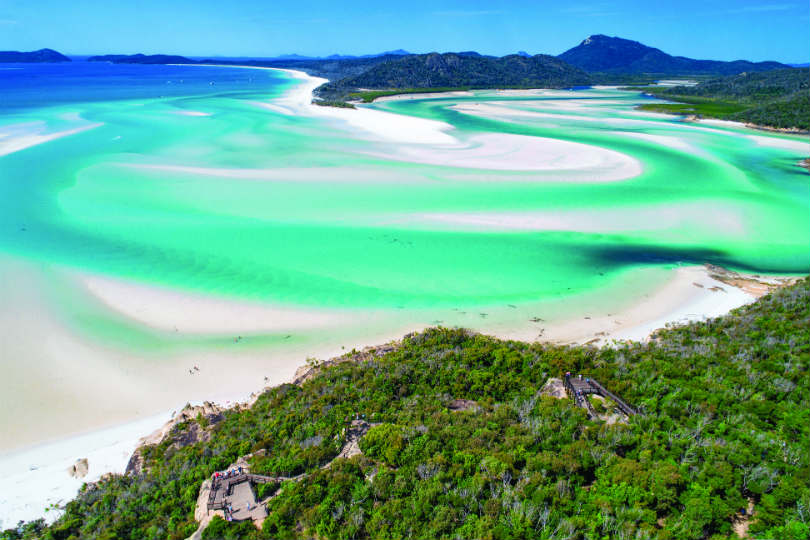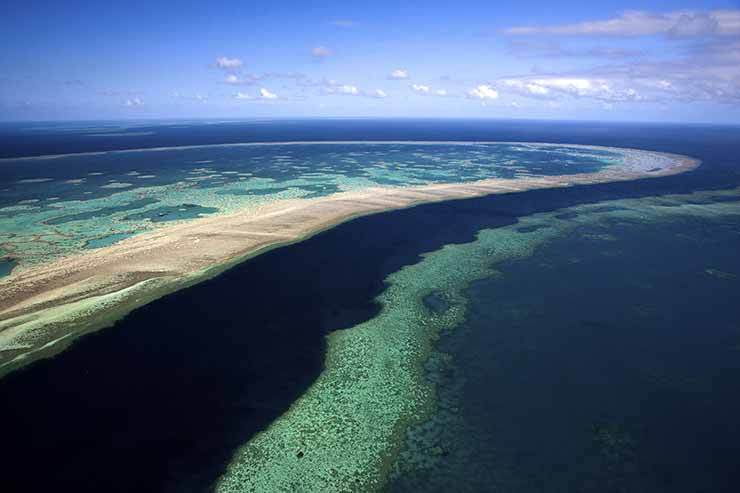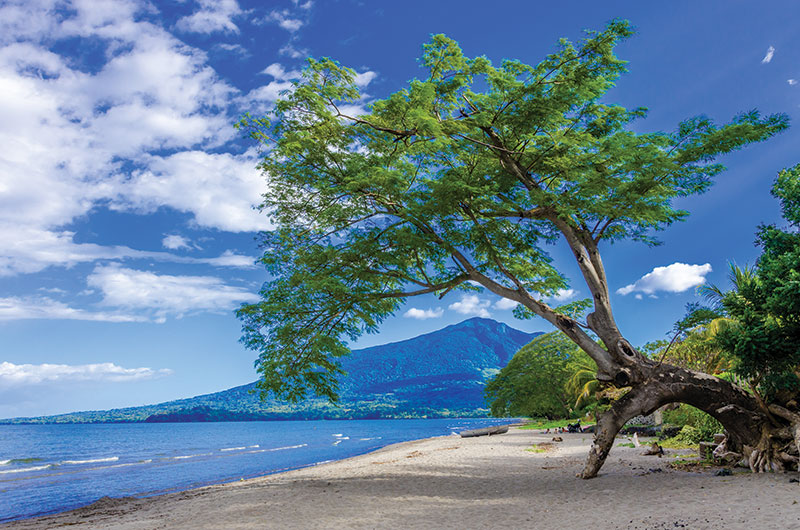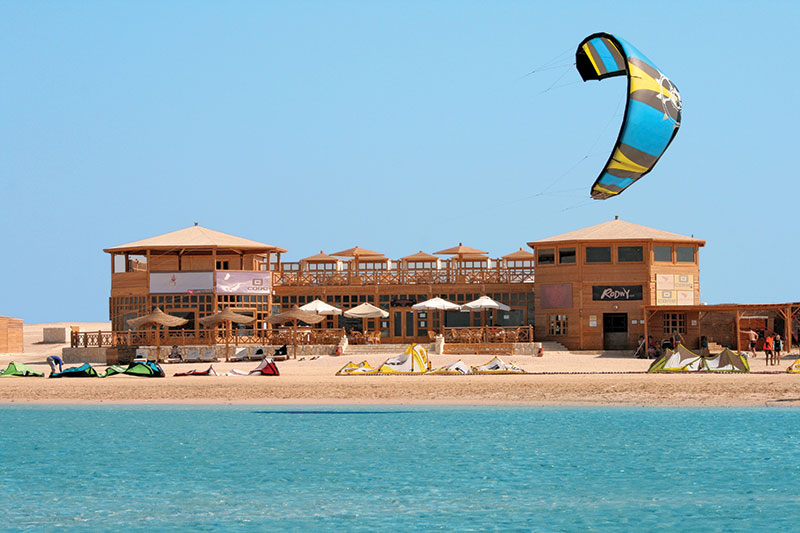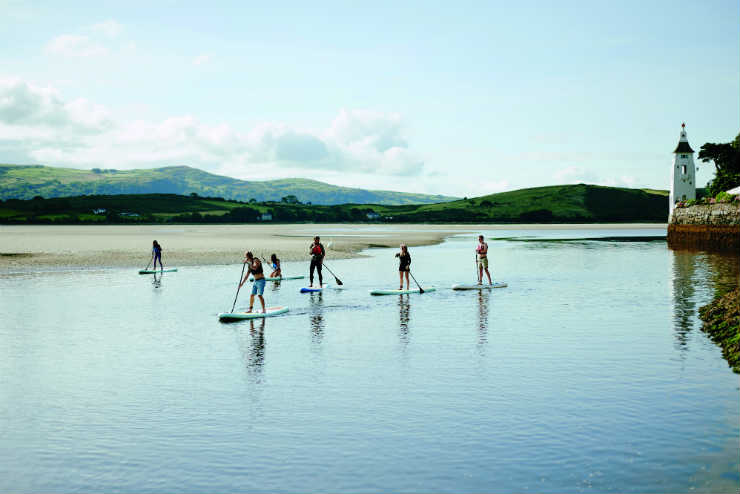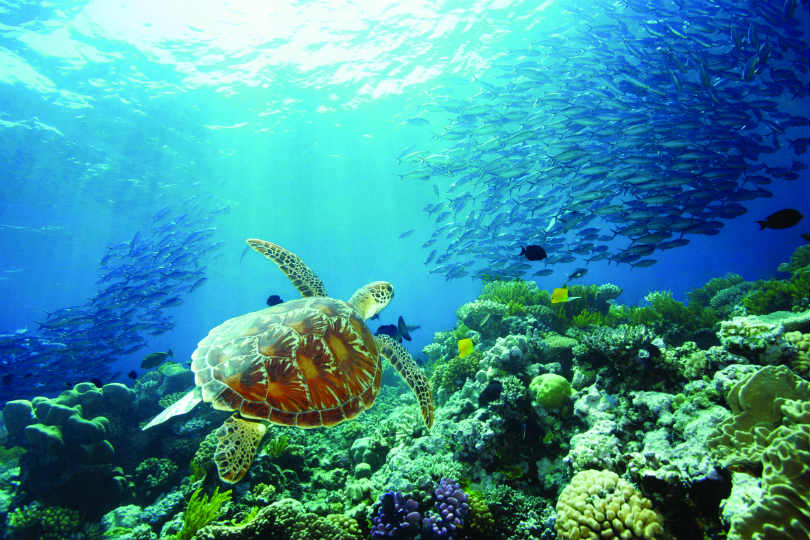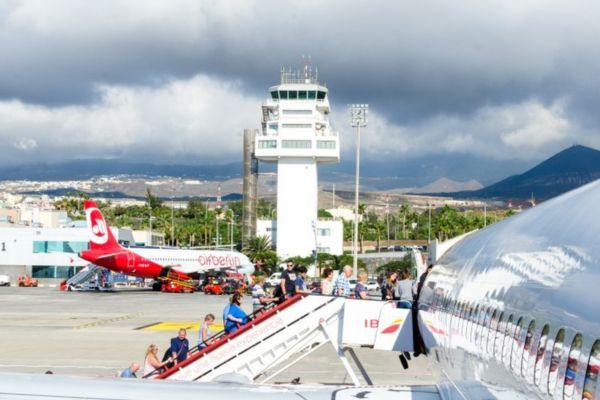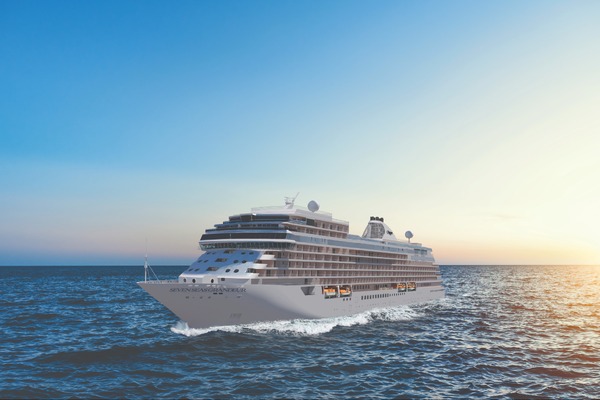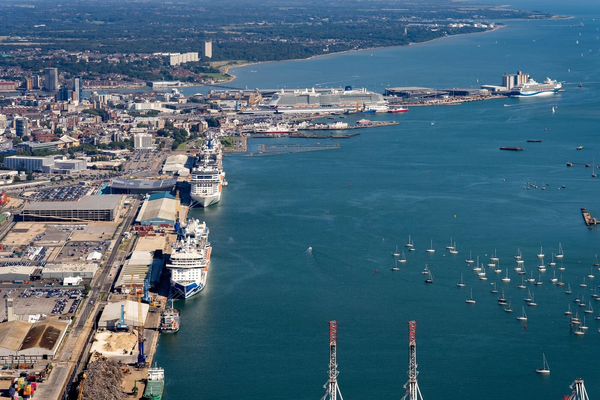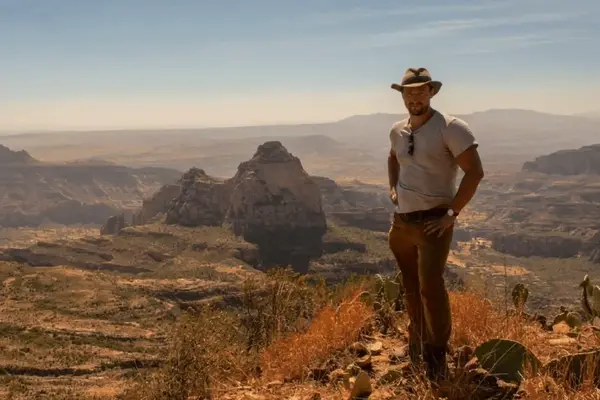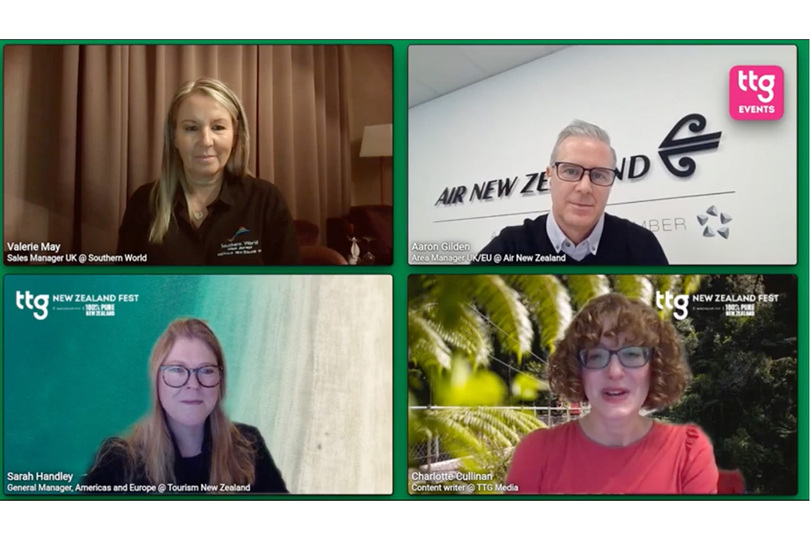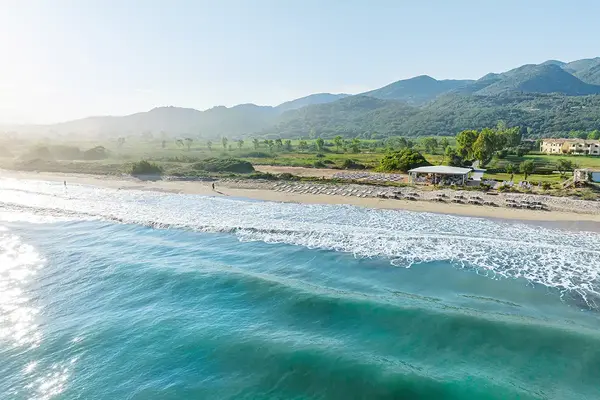How the Whitsunday Islands are back to full strength after Cyclone Debbie
On a rainy London evening, I was transported to the idyllic Whitsundays, where the sand is milk-white and the electric-blue water teems with fish of all colours.
The collection of 74 islands peppered across the Great Barrier Reef has long been a luxurious romantic getaway for locals and tourists, yet visitor numbers fell after Cyclone Debbie hit in 2017, as several islands closed to repair resorts.
Two years on and the islands are very much open for business, as I discovered at a recent event.
“We’re back and at full strength,” said Natassia Wheeler, chief executive officer for Tourism Whitsundays. “There’s been AUS$1.2 billion investment in the past two years.”
The cash has redeveloped Daydream Island Resort, now home to 277 rooms and suites, three restaurants and five bars, and an updated living reef complete with an underwater observatory and education centre.
Clients can meet the six on-site marine biologists to learn about the numerous species that live and breed in the reef’s waters.
Marine biologist Johnny Gaskell told me about the extensive coral restoration programme being undertaken to counteract the effects of bleaching and Cyclone Debbie.
“It’d take up to 15 years for the coral to recover without this work,” he explained. “Now it will take about two.” There are also several areas where he and his team are actively working to improve the coral and recreate new coral beds, he added.
Plans are afoot for the living reef to launch a volunteer programme, allowing clients to help with the work.
Over on Hamilton Island, guests can now access Heart Island and its reef. Hamilton Island now offers a glass-bottom boat ride around Heart Reef, with snorkelling opportunities nearby.
Also newly bookable are Reefsuites, Cruise Whitsundays’ private underwater rooms, which show the Great Barrier Reef from a different perspective.
The suites have floor-to-ceiling glass walls in the bedrooms and bathrooms for amazing views of the underwater world.
If that’s too up close and personal, clients can opt for the new Reefsleep experience that includes outdoor dining, a semi-submarine tour and falling asleep underneath a blanket of stars.
Essential Information
Getting there: The Whitsunday Islands are served by the Whitsunday Coast and Great Barrier Reef airports.
By road, the Bruce Highway connects the Whitsundays to Queensland’s main towns.
Climate: Tropical.
The coolest months are June and July, with average temperatures of 24°C. Visa: A Tourist Visa or Electronic Travel Authority is necessary, with no charge for a stay of three months or less.

